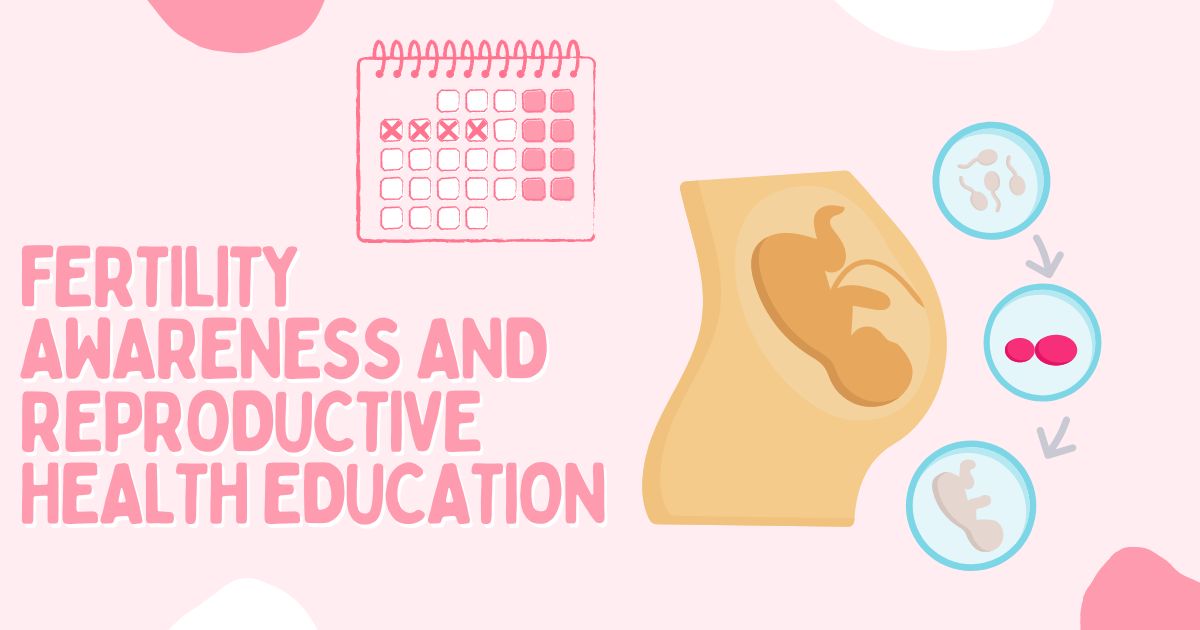Introduction to Fertility Awareness
Fertility awareness, at its core, is the practice of observing and interpreting various physiological signs that occur in a woman’s body throughout her menstrual cycle. By recognizing these signs, individuals can identify fertile and infertile phases, enabling informed decisions about family planning and overall reproductive health.
Understanding your menstrual cycle is not just about knowing when your next period is due; it’s about gaining insights into your overall health and fertility. This awareness can serve as a natural method of contraception or a tool to assist those trying to conceive, offering a personalized glimpse into the intricate dance of hormonal changes that govern the reproductive system.
The Historical Journey of Fertility Awareness Methods (FAMs)
Tracing back to the roots of fertility awareness, we find its foundations deeply embedded in religious teachings, primarily within Catholic communities. However, the 1980s marked a significant shift as secular organizations began to emerge, democratizing the knowledge of fertility awareness and making it accessible to a broader audience. Icons like Toni Weschler played instrumental roles in this transition, emphasizing that understanding one’s fertility should be universal knowledge, not confined to religious or cultural boundaries.
Deciphering the Science of the Menstrual Cycle
The menstrual cycle is a marvel of the female body, a monthly series of changes orchestrated by hormones to prepare for potential pregnancy. This cycle typically spans around 28 days, although it can vary significantly from woman to woman and even month to month.
Initially, the cycle kicks off with menstruation, shedding the uterine lining and marking the start of a new cycle. Following menstruation, the body enters the follicular phase, gearing up for ovulation. During ovulation, an egg is released, presenting a window of fertility. Finally, the luteal phase concludes the cycle, preparing the body for the next menstrual phase or potential pregnancy.
Understanding these phases is crucial for fertility awareness, as it unveils the fertile window when conception is possible. By monitoring changes such as basal body temperature and cervical mucus, individuals can pinpoint this window with remarkable accuracy.
Exploring Types of Fertility Awareness Methods
When delving into Fertility Awareness Methods (FAMs), we uncover a variety of techniques designed to track fertility. These methods, including the calendar method, temperature method, and cervical mucus method, each offer unique insights into the body’s fertility signals.
- The Calendar Method: This traditional approach involves tracking menstrual cycles over several months to predict future fertile periods. It’s particularly suitable for those with regular cycles, providing a simple yet effective way to gauge fertility.
- Temperature Method: By measuring basal body temperature daily, one can detect the slight rise that occurs after ovulation. This method requires diligence but offers valuable data on the cycle’s progression.
- Cervical Mucus Method: Observing changes in cervical mucus provides cues about fertility status. As ovulation approaches, mucus becomes clearer and more stretchable, signaling fertile days.
Each method requires a commitment to daily observation and record-keeping, empowering individuals with the knowledge to make informed reproductive choices.
Applying Fertility Awareness in Daily Life
Embarking on a journey of fertility awareness empowers individuals with the knowledge to tune into their body’s natural rhythms. By selecting and applying the right Fertility Awareness Method (FAM), one can make informed decisions about family planning and health. This section dives into how to choose and implement these methods effectively and explores some frequently asked questions about fertility awareness.
Choosing the Right Fertility Awareness Method
Choosing the most suitable fertility awareness method is a personal decision that hinges on several factors, including lifestyle, commitment level, and personal health goals. Here’s how you can determine the best method for you:
- Assess Your Routine: Some methods require daily tracking, while others are less intensive. Consider how much time you can dedicate to monitoring your fertility signs.
- Understand Your Goals: Whether you’re aiming to avoid pregnancy or trying to conceive can influence your choice of method. Each has its strengths in different contexts.
- Seek Support: Engaging with a healthcare provider or a certified FAM educator can provide guidance and enhance the effectiveness of the method you choose.
Implementing Fertility Awareness Methods
Once you’ve chosen a method, the next step is to integrate it into your daily routine. Consistency is key to garnering accurate insights into your fertility. Here are the steps to get started:
- Daily Observation: Whether it’s charting your basal body temperature, tracking cervical mucus changes, or using the calendar method, daily observation is crucial.
- Record Keeping: Maintain a detailed log of your observations. This can be done using a paper chart, a digital app, or a combination of both.
- Interpreting the Data: Learning to interpret the changes in your body’s signs accurately is vital for determining your fertile window effectively.
FAQs:
- What is the most accurate fertility awareness method?
- The symptothermal method, combining temperature, cervical mucus, and calendar tracking, is considered among the most accurate for identifying the fertile window.
- How long does it take to effectively use a FAM?
- It can vary, but typically one to three cycles of tracking and learning are needed to use a method effectively.
- Can I use fertility awareness methods during breastfeeding?
- Yes, but with caution. Fertility patterns can be unpredictable postpartum, so additional guidance may be necessary.
- Are there digital tools to help with fertility awareness?
- Absolutely! Many apps and digital thermometers are designed to assist with tracking and interpreting fertility signs.
- How do I choose between different FAMs?
- Consider factors like ease of use, daily commitment, and personal health goals. Consulting with a healthcare provider can also provide clarity.
- Can FAMs be used with other methods of contraception?
- Yes, FAMs can be combined with barrier methods like condoms for added protection and efficacy.
